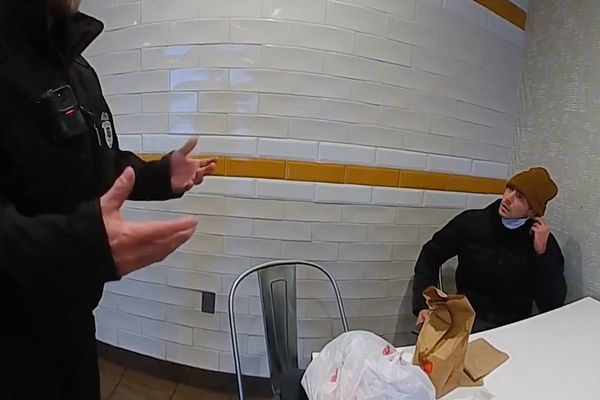OVER Parliament’s recess weeks I’ve been looking at the SNP leadership’s declared intentions of winning a majority at next year’s election and setting up some sort of convention to pursue Scotland’s political independence.
This week, let’s take a look at what is being canvassed as the principal alternative to that strategy.
This is generally described as the plebiscite election strategy. This argues that we should make the vote at the election the vote about Scotland’s independence. If, when we add up all the votes for pro-independence parties it comes to 50%+1, then we take that as a mandate to start negotiations with the UK.
There was quite a lot wrong with this idea when Nicola Sturgeon toyed with it in 2021 and there’s a lot wrong with it now. And that’s even assuming it might be possible to get all the parties involved to agree.
To be clear, I’m not against trying to get a majority of the electorate to vote for parties that support independence. Indeed, there’s no reason why that shouldn’t in part be a consequence of the SNP trying to win a majority. These objectives are not contradictory.
The first problem is getting acceptance from the people taking part in the election that it is a vote on deciding independence. We don’t need everyone to agree, but we do need a majority to buy into the idea.
This proposition will be hotly contested. Elections are about many things. Asking people to set aside concerns about everything else and focus on Scotland’s constitutional future will be a big ask.
We should remember that while there may be a majority telling pollsters they want Scotland to be independent, many of them are not that strongly attached to the idea.
Their support is based on a belief that things couldn’t be any worse. There are also not insignificant numbers who vote Labour or Liberal Democrat but who also believe in Scotland becoming independent.
They would vote Yes in a referendum, but that doesn’t mean they will abandon their allegiance to a party they identify with at the 2026 election.
Smart Unionists will say we can come back to a decision on indy later. For now, let’s fix the health service, the housing crisis, energy costs, whatever. We know the best way to fix all of these things is to have the powers that come with independence. But that is not where many of the electorate are.
So, no matter how much pro-independence parties were to tell people that is what this election is about, our opponents will shout till they are blue in the face that it isn’t.
And then, should we fail to get more than 50% of the votes, they will shamelessly tell us that it was about precisely that. You’ll have had your referendum. Again.
But the main problem with the plebiscite referendum is that it works only in the minds of its believers. They claim if a majority vote for pro-indy parties in the election, independence will then happen. Why?
Kenny MacAskill said in this paper last week: “Starmer and his Cabinet have already said no to a second referendum and nothing will change that.”
If that is true, a plebiscite election won’t change that. The majority of the electorate will have the same problem as the majority of MSPs. They will be ignored by a Westminster Government which takes the view that Scotland’s status is a matter for it, not the people who live here.
Robin McAlpine offered some insight last week. He is half right when he talks about the process following the creation of a majority and not the other way round. Most countries became independent when it was the will of most of the people, referenda only formalised what had happened on the ground.
He is wrong, though, to suggest the political process is unimportant and that the campaign needs to be taken out of it. In fact, there is a dynamic relationship between the two.
The missing ingredient from McAlpine’s analysis is the substantial chunk of people who believe in independence but see no way of it happening. For them the link between independence and voting in elections has been broken.
This isn’t just the SNP’s problem. The support for SNP, Greens and Alba combined is still 10% below support for independence. Neither a plebiscite election nor indeed a referendum proper, is going to offer a way forward until we change that.
In reality, John Swinney and Kenny MacAskill have the same problem – a critical number of independence supporters don’t believe that voting for them achieves it. At least one of them doesn’t pretend otherwise.
So, we need a strategy for what could happen with the right election result, how could that be used to advance Scotland’s autonomy. And that brings us back to asserting the right of the people and getting past the Supreme Court judgment of autumn 2023.
And that requires the mobilisation of the people into a force for change. That is an expressly political task. It’s not just a matter of winning elections. But winning elections is a part of it.







